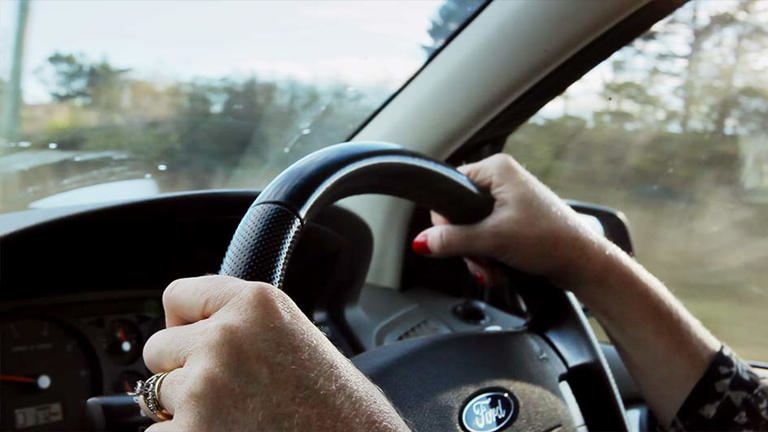Retreads were available for many years as a cheap alternative to new tyres. They slowly fell out of favour as questions began to be raised about their safety and a growing range of affordable new tyres became a better option for budget-conscious motorists. Now, with environmental concerns about the amount of oil needed to produce tyres, retreads are experiencing a resurgence in popularity. But despite being green, are they really safe?
What are retreads?
A retread is a used tyre that has been re-manufactured to extend its life. The old worn tread is removed and new tread is attached through a specialised process involving hot and cold curing. Retreads are widely used in the trucking industry because of the high cost of replacing truck tyres. Commercial jets also use retreads for the same reason.
What makes retreads green?
Old tyres used to be burnt, but now they are recycled. Retreading is the most environmentally-friendly way of recycling rubber tyres, because one tyre can be retreaded up to 10 times, dramatically extending its service life. Retreads save hundreds of millions of gallons of oil in production and reduce carbon emissions and landfill.
But are they safe?
Retreaded tyres for passenger vehicles must have a minimum speed rating of 140 km/h and the original casing used must have a minimum rating of 180 km/h. Many motoring bodies and car insurance companies do not consider retreads safe and do not recommend their use in passenger vehicles for the following reasons:
- The history of the original tyre is unknown (how often it has been retreaded and under what conditions it has been driven)
- Less overall structural strength than a new tyre and the potential for the retread to come loose from the tyre
- Potential instability at high speed
- Inferior wet grip, durability and braking performance.
Proponents of retreads
Those who manufacture and sell retreads argue they are perfectly safe, provided they are:
- Manufactured and tested according to strict safety standards
- Only retreaded once on passenger vehicles
- Always used well within their load and speed specifications
- Regularly inspected to ensure correct tyre pressure.
Why you should avoid them
While retreads may be suitable for the transport industry due to the cost savings, they should be avoided in passenger vehicles simply because of the doubts that still hang over them. The bottom line is, these are not new tyres and, like anything used, they have a greater potential to fail. Given that most tyre retailers now carry very affordable new tyre brands at the lower end of their ranges, there is simply no excuse for bringing your family’s safety into question for the sake of a few dollars.
There is also the question of whether you would be covered by your auto insurance if your vehicle was involved in an accident caused by retreads that were not properly maintained.
Environmental implications are obviously important too and, as oil reserves diminish, there may well come a time when the use of retreads will need to be considered for all vehicles. But hopefully by then, speeds will have reduced and car safety features increased to the point where the quality of our tyres will no longer be a major concern.



